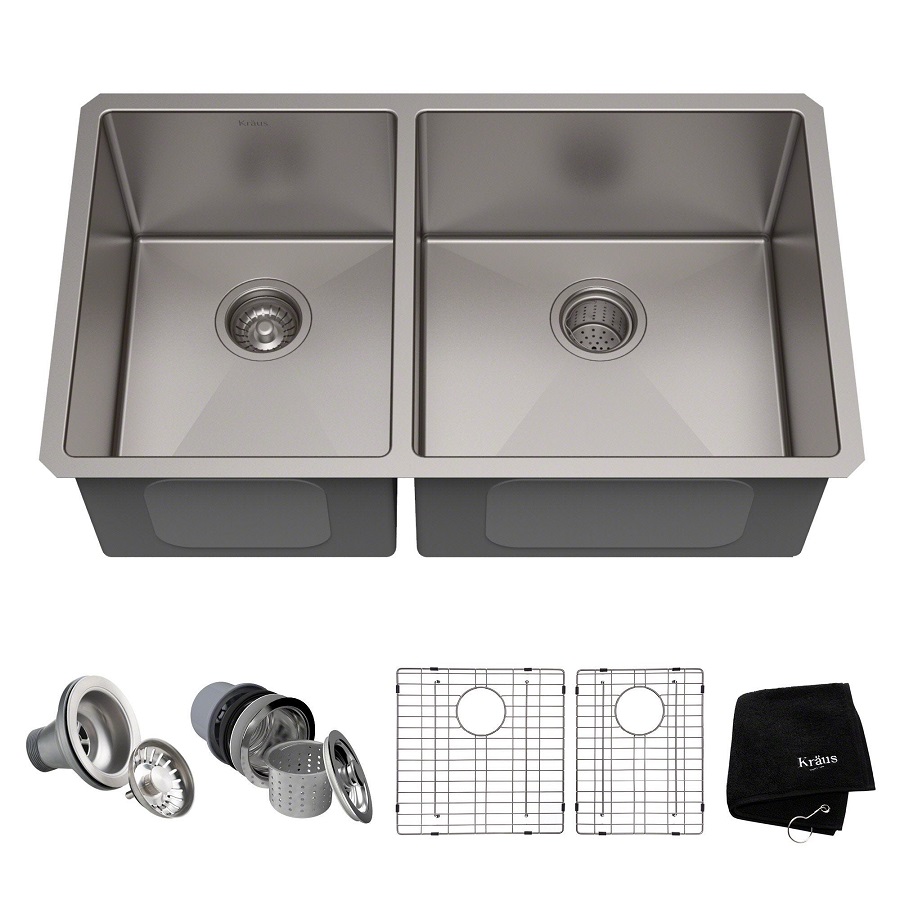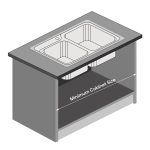When renovating or designing a kitchen, one of the most crucial decisions you’ll face is choosing the right kitchen sink. Kitchen sinks come in various shapes, sizes, and materials, and understanding whether there is a “standard” size is essential for making the right choice. Whether you’re replacing an old sink, upgrading to a larger one, or installing a new one from scratch, knowing the typical sizes and options available will help you navigate the process with ease.
In this article, we will dive deep into whether kitchen sinks have a standard size, the factors influencing sink dimensions, and how to choose the best sink size for your kitchen layout.
What is the Standard Size for Kitchen Sinks?
General Dimensions for Kitchen Sinks
Kitchen sinks don’t come in a one-size-fits-all configuration, but they do follow general guidelines that can help with your selection. The size of your kitchen sink primarily depends on the sink’s type, as there are various designs suited for different needs. However, there are standard ranges that most kitchen sinks fall into, and understanding these measurements will help you determine the best option for your space.
In general, kitchen sinks are usually 22 to 33 inches wide, 16 to 20 inches deep, and 8 to 10 inches tall. The most common standard size for a kitchen sink is 33 inches wide and 22 inches deep, which fits a typical 36-inch cabinet. For smaller kitchens or for individuals who prefer a more compact option, 24-inch and 30-inch sinks are also popular. While the depth of the sink can vary from model to model, most sinks have a depth ranging from 8 inches to 10 inches.
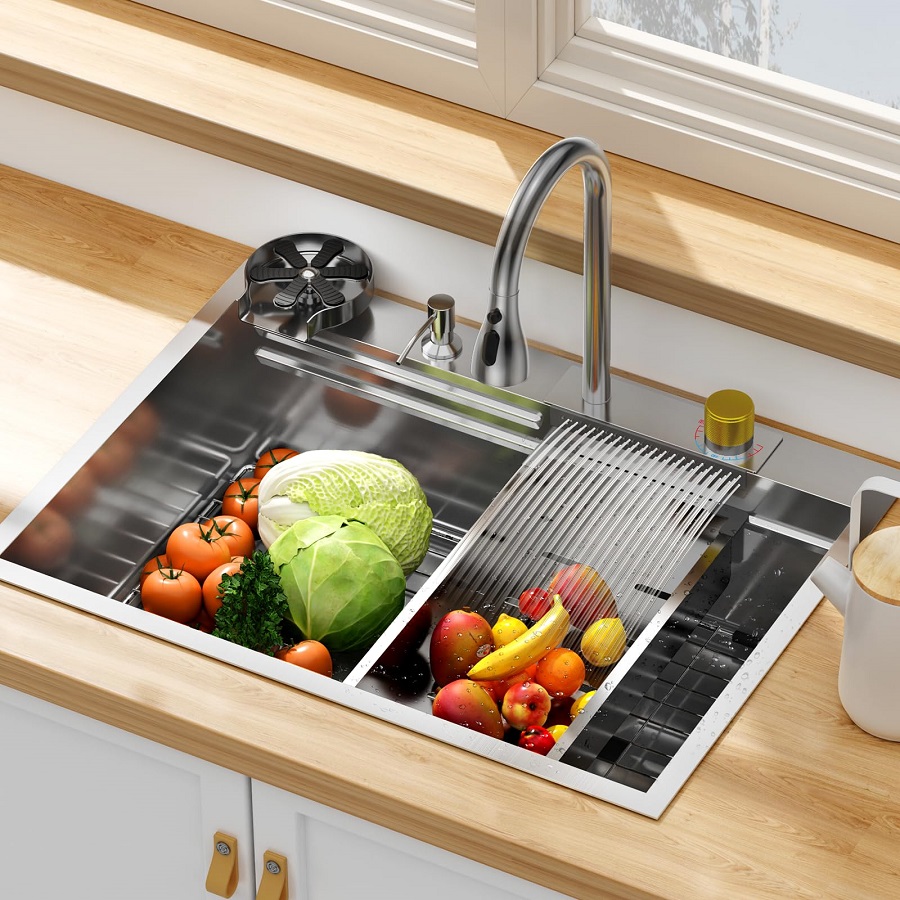
Variations Based on Type and Style
The size of a kitchen sink also varies depending on the design. Here are some common types of sinks and their standard dimensions:
- Single Bowl Sinks: Single-bowl sinks, typically used in smaller kitchens or spaces with limited counter space, are commonly 22 to 30 inches wide. These are perfect for tasks like dishwashing and food prep but are less ideal for multitasking, such as rinsing dishes while washing vegetables.
- Double Bowl Sinks: Double-bowl sinks, popular in larger kitchens, are usually between 33 and 36 inches wide. The two bowls allow for multiple tasks to be completed simultaneously, making them ideal for busy kitchens where washing, rinsing, and food preparation happen at the same time.
- Farmhouse (Apron) Sinks: Farmhouse sinks, often considered a more traditional style, tend to be larger than standard kitchen sinks. These sinks are typically between 30 and 36 inches wide, with a depth that ranges from 8 to 10 inches. The wide and deep basin provides ample room for larger pots, pans, and other large kitchen items.
- Undermount and Drop-In Sinks: The size of undermount and drop-in sinks depends largely on the countertop dimensions and how the sink is installed. Drop-in sinks have flanges that rest on the counter, while undermount sinks are installed beneath the counter. Standard sizes for these models generally fall within the 22 to 33-inch range, although custom sizes are available for both options.
Factors Influencing Kitchen Sink Size
Available Space in the Kitchen
The available space in your kitchen plays a significant role in determining the size of the sink you can install. While kitchen sinks come in many different sizes, the available counter and cabinet space is often the limiting factor. For instance, if you have a smaller kitchen or a compact countertop, you might be better off choosing a smaller sink that still offers sufficient utility. This will allow you to maximize counter space while still meeting your needs.
Cabinet size is another important consideration. Most kitchen sinks are designed to fit within standard cabinet sizes. For example, a 33-inch sink typically fits within a 36-inch-wide cabinet. However, if your cabinets are smaller, you will need to select a sink that fits within that particular cabinet’s dimensions.
The Type of Sink and Mounting Method
The type of sink you choose can significantly impact its size. For example, an undermount sink typically requires a countertop with an overhanging edge, meaning that it could take up more space beneath the counter, limiting the maximum sink size. Similarly, the mounting style—whether drop-in, undermount, or farmhouse—will determine the size of the sink’s rim and the space available for installation.
Sink Usage and Lifestyle
Another factor to consider when choosing a kitchen sink size is how you use your kitchen. Larger households, those who cook frequently, or those who entertain often may require a larger sink to accommodate more dishes or larger cookware. In contrast, if you’re in a small apartment or have limited cooking needs, a smaller sink may suffice.
Those with specialized needs—such as a dedicated home chef or someone who requires a commercial-grade setup—might opt for larger or even double-basin sinks for more versatility. A single-bowl sink might be sufficient for general household needs, but if you have multiple people cooking or need space to soak large pans and dishes, a double-basin or extra-large sink will be the best choice.
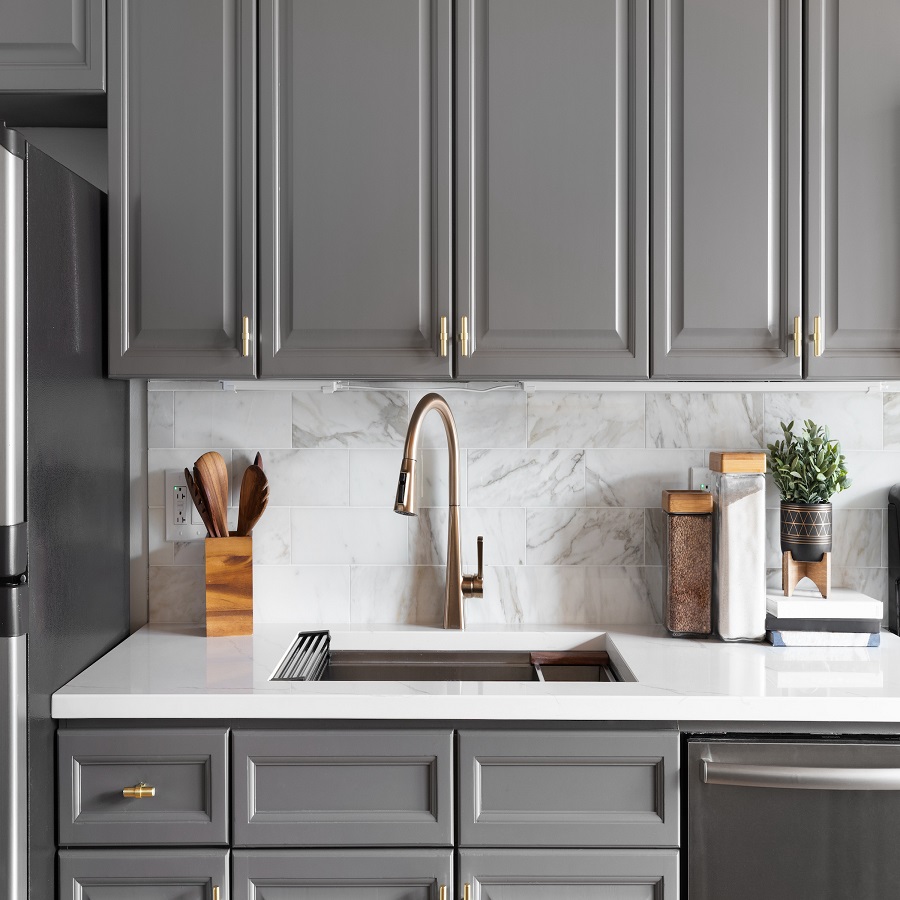
Measuring for a Kitchen Sink: How to Ensure the Right Fit
Key Measurements to Consider
When measuring for a kitchen sink, there are several key dimensions to consider. First, determine the width, length, and depth of the space available for installation. Start by measuring the cabinet where the sink will be placed, keeping in mind that the sink should ideally have at least 2-3 inches of clearance on each side for ease of installation and drainage.
Next, measure the depth of the counter or cabinet where the sink will sit. Ensure the sink’s depth doesn’t interfere with the height of the counter or other surrounding appliances. For example, the sink should not be so deep that it makes it difficult to reach items on the counter or use the faucet.
Account for the Faucet and Drain
When measuring for a kitchen sink, it’s essential to account for the faucet and drain placement. Make sure the faucet can install at a comfortable height and reach. This is especially important for deeper sinks, as a tall faucet may be needed to accommodate the increased depth. Similarly, the drain must be positioned correctly to ensure proper drainage, particularly for farmhouse or deep sinks that may require specific configurations.
Custom Sizing Options
If your kitchen space or design preferences don’t align with standard kitchen sink sizes, you can also opt for a custom-sized sink. Custom sinks are typically more expensive but can be tailored to fit unusual spaces or achieve a unique design. Custom options are ideal for kitchen remodels or renovations where a standard sink simply won’t work due to unique dimensions or layout.
Popular Sink Materials and How They Affect Size
Stainless Steel
Stainless steel sinks are generally available in a range of sizes and are easy to maintain. They tend to be thinner than other materials, which allows for more flexibility in sizing. They are also resistant to staining and rusting, making them ideal for both smaller and larger kitchens.
Cast Iron and Enamel
Cast iron sinks, often coated with enamel, are known for their durability and classic appearance. They typically come in larger sizes due to their weight and structural requirements. Cast iron sinks are heavy, making them suitable for larger kitchen spaces or those with a strong support structure. They are less prone to scratching and chipping compared to stainless steel but can be more expensive.
Composite and Granite Sinks
Composite sinks, made from a blend of natural stone and acrylic resin, are increasingly popular for their aesthetic appeal and strength. These sinks come in a range of sizes, including larger, deeper basins ideal for handling large pots and pans. While durable and resistant to scratching, composite sinks can be more expensive and may require special installation methods due to their weight and construction.
Other Materials
Other materials, such as copper, fireclay, and quartz, also impact sink size. Copper sinks often come in smaller sizes, while fireclay sinks (popular in farmhouse designs) are typically larger. Fireclay and quartz sinks tend to be very durable but may also be heavier, requiring more robust cabinet supports.
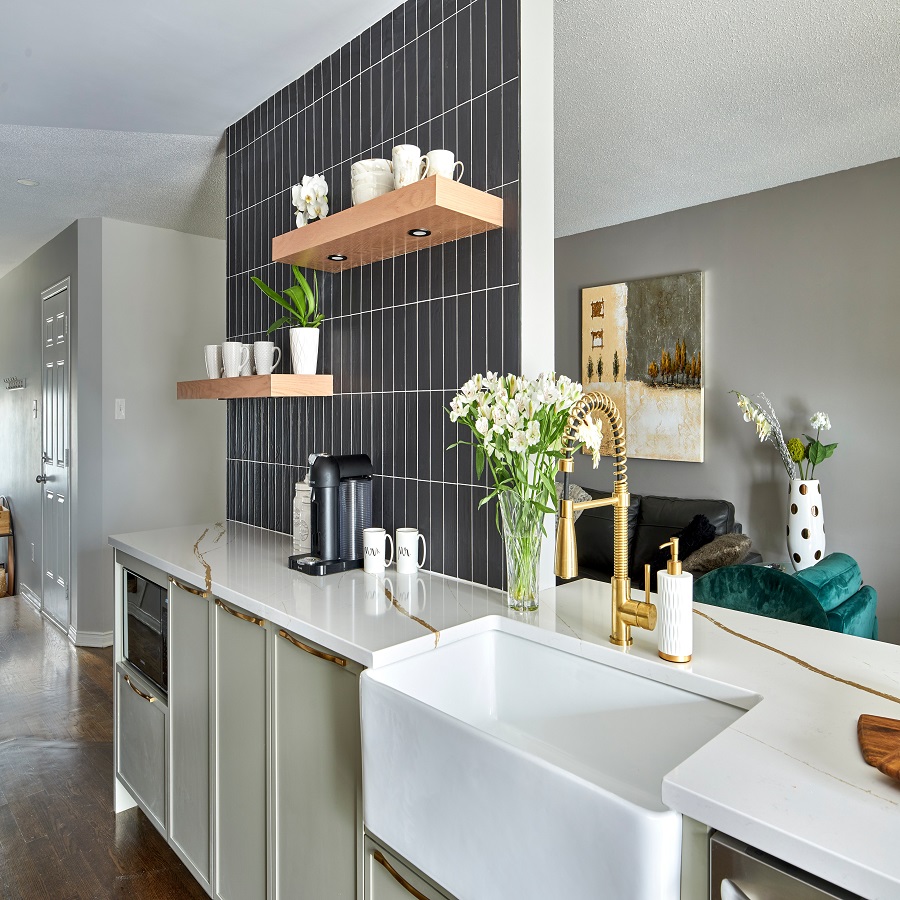
How to Choose the Best Sink Size for Your Kitchen
Consider Your Kitchen’s Workflow
To choose the best sink size, consider how your kitchen functions. Do you do a lot of cooking? Do you often entertain guests? A large, deep sink might be ideal for heavy-duty cooking and cleaning. Alternatively, if your kitchen is more about quick meals and light preparation, a smaller, more compact sink could suffice.
Additionally, think about other elements of your kitchen that will affect the sink size, such as available counter space, the location of the dishwasher, or the placement of other key appliances. All these factors will determine how much space you can devote to your sink and which size works best.
Budget and Aesthetic Preferences
Your budget and aesthetic preferences are also crucial when deciding on a sink size. Larger sinks typically cost more, especially when considering premium materials like fireclay, granite, or copper. Conversely, smaller sinks are more affordable but may not provide the functionality you need. A good rule of thumb is to balance the sink’s size with both your functional needs and your budget constraints.
Sink Depth and Size Harmony
Finally, keep in mind that the depth of the sink is just as important as its width and length. Deep sinks can be a great choice for tasks like soaking dishes or washing large pots, but they may not be suitable for every kitchen layout. A deeper sink may also require taller faucets and additional adjustments to the plumbing.
Conclusion
Kitchen sinks come in various sizes, and while there is no universal “standard size,” there are common dimensions that most sinks fall within. Understanding the factors that influence sink size—such as kitchen space, sink type,and materials—will help you make an informed decision when selecting the perfect kitchen sink for your needs. Whether you opt for a single-bowl, double-bowl, or farmhouse-style sink, taking the time to measure your space and consider your cooking habits will ensure a smooth installation and long-term satisfaction with your kitchen setup.
